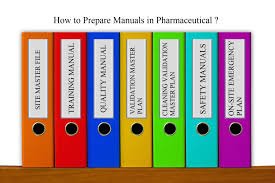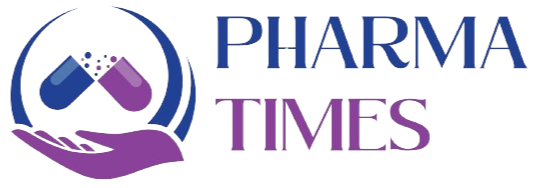Guidelines for Preparation of Site Master File (SMF)

🏭 Guidelines for Preparation of Site Master File (SMF)
📑 1. General Information
-
Company name, address, and contact details.
-
Name of parent company (if applicable).
-
Manufacturing activities performed at the site.
-
Products handled (human, veterinary, APIs, biologicals, etc.).
-
Manufacturing license and regulatory approvals.
-
Organizational structure with key personnel and their qualifications.
🏢 2. Quality Management System (QMS)
-
Description of QMS and its scope.
-
Management responsibilities and GMP policy.
-
Procedures for handling deviations, OOS, OOT, and CAPA.
-
Change control system.
-
Internal audit/self-inspection system.
-
Product quality review (PQR) process.
👩🔬 3. Personnel
-
Organization chart (QA, QC, Production, Engineering).
-
Key personnel responsibilities (Head QA, Head QC, Production Manager).
-
Training systems (GMP, safety, technical).
-
Health and hygiene requirements (medical checks, gowning, restrictions).
🏭 4. Premises & Facilities
-
Site layout and floor plans (flow of materials and personnel).
-
Production areas (oral, sterile, non-sterile, packaging).
-
Storage areas (quarantine, released, rejected, returned, cold rooms).
-
Ancillary areas (change rooms, cafeterias, offices).
-
Utilities: water systems (PW, WFI), HVAC, compressed air, cleanrooms.
-
Pest control measures.
⚙️ 5. Equipment
-
List of major equipment used in production and QC.
-
Qualification and calibration practices.
-
Cleaning and preventive maintenance systems.
-
Status labeling (Cleaned, In-Use, Out of Service).
📦 6. Documentation
-
System for SOPs, records, logbooks, batch records.
-
Document control, approval, and archival.
-
Data integrity policy (audit trails, electronic systems).
🧪 7. Production
-
Types of products manufactured.
-
Flowcharts for manufacturing processes (e.g., tablet, capsule, injection).
-
Cross-contamination control measures.
-
Handling of starting materials, intermediates, and finished products.
-
Packaging and labeling controls.
🧫 8. Quality Control (QC)
-
Description of QC laboratory facilities.
-
List of instruments (HPLC, GC, UV, etc.).
-
Sampling procedures.
-
Specifications, reference standards, and reagents handling.
-
Stability testing program.
🚚 9. Storage, Distribution & Complaints
-
Storage practices (temperature, humidity monitoring, FEFO/FIFO).
-
Transportation and cold chain control.
-
Complaint handling procedure.
-
Recall system (mock recalls, effectiveness checks).
♻️ 10. Validation & Qualification
-
Master Validation Plan (MVP).
-
Process validation, cleaning validation, analytical method validation.
-
Equipment/utility qualification (DQ/IQ/OQ/PQ).
-
Computerized system validation.
🔒 11. Contract Activities
-
Details of contract manufacturers, laboratories, and service providers.
-
Technical/quality agreements.
-
Oversight and audits of contractors.
🧾 12. Other Relevant Information
-
Handling of returned, rejected, and recalled products.
-
Handling of counterfeit or falsified medicines.
-
Product security and data protection measures.
-
Environmental, health, and safety measures.
📌 Key Notes for SMF Preparation
-
Keep it concise (25–30 pages max) – provide summaries, not full SOPs.
-
Include flowcharts, diagrams, and layouts for clarity.
-
Ensure consistency with actual practices (inspectors will verify on-site).
-
Review and update regularly (at least annually or after major changes).
🎓 Discover one of the best Complete Pharmaceutical Quality Assurance Course available —click below to explore the course that’s shaping future in QA Course skills.

